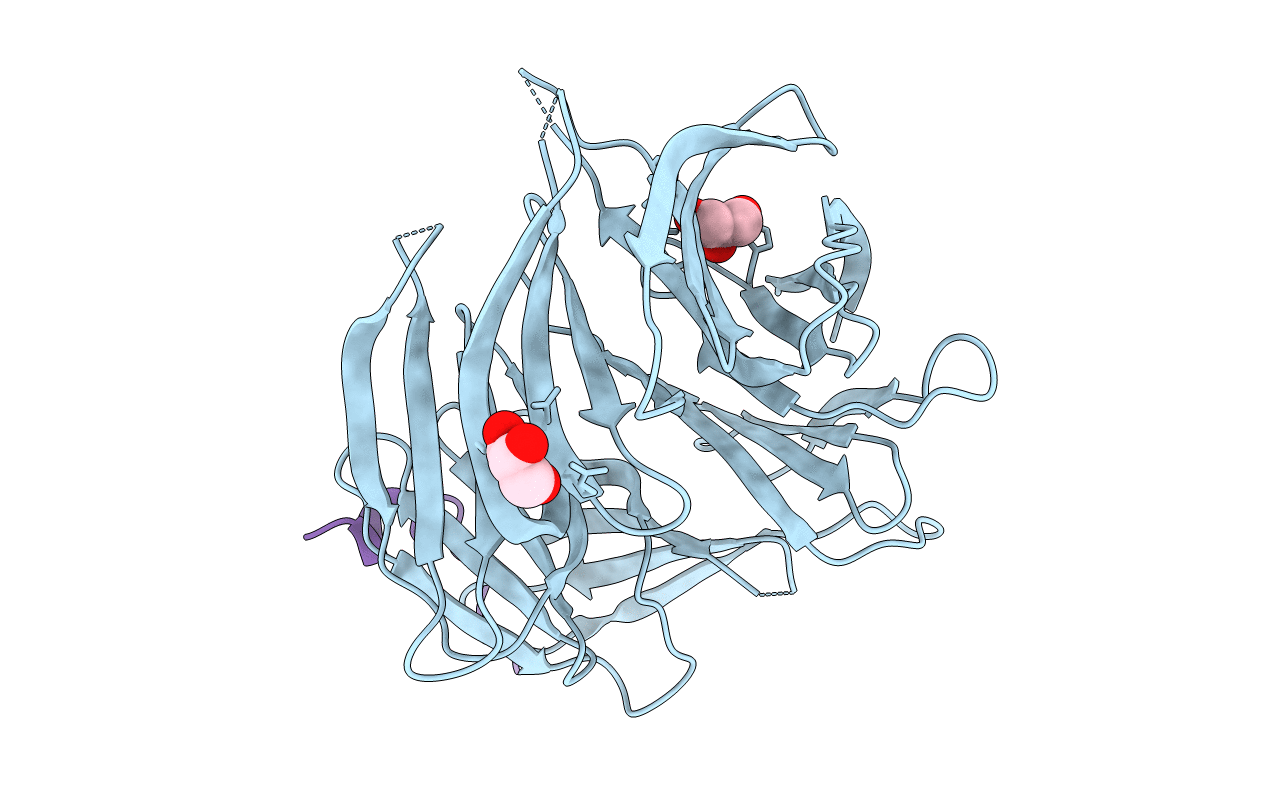
Deposition Date
2008-10-09
Release Date
2009-07-28
Last Version Date
2024-10-16
Entry Detail
PDB ID:
3EU7
Keywords:
Title:
Crystal Structure of a PALB2 / BRCA2 complex
Biological Source:
Source Organism:
Homo sapiens (Taxon ID: 9606)
Host Organism:
Method Details:
Experimental Method:
Resolution:
2.20 Å
R-Value Free:
0.25
R-Value Work:
0.19
R-Value Observed:
0.19
Space Group:
C 1 2 1


